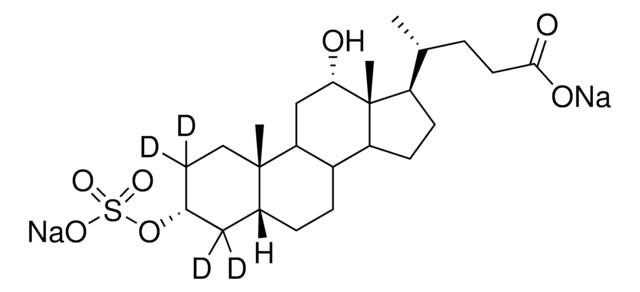1.01646
PAS staining kit
for detection of aldehyde and mucosubstances
About This Item
Recommended Products
Quality Level
IVD
for in vitro diagnostic use
application(s)
clinical testing
diagnostic assay manufacturing
hematology
histology
storage temp.
15-25°C
General description
The kit can be used for clinical diagnostic purposes and in laboratory accreditation processes as it is certified and registered as IVD and CE product. For more details, please see instructions for use (IFU). The IFU can be downloaded from this webpage.
Analysis Note
nuclei: blue
acid mucosubstances: light blue
polysaccharides: purple
neutral mucopolysaccharides: purple
Hazard Statements
Precautionary Statements
Hazard Classifications
Aquatic Chronic 3
Storage Class Code
12 - Non Combustible Liquids
WGK
WGK 2
Flash Point(F)
Not applicable
Flash Point(C)
Not applicable
Certificates of Analysis (COA)
Search for Certificates of Analysis (COA) by entering the products Lot/Batch Number. Lot and Batch Numbers can be found on a product’s label following the words ‘Lot’ or ‘Batch’.
Already Own This Product?
Find documentation for the products that you have recently purchased in the Document Library.
Customers Also Viewed
Related Content
Learn about the criticality of biological tissue staining for research and clinical pathology using standard and special stains and dyes.
Learn about the criticality of biological tissue staining for research and clinical pathology using standard and special stains and dyes.
Learn about the criticality of biological tissue staining for research and clinical pathology using standard and special stains and dyes.
Learn about the criticality of biological tissue staining for research and clinical pathology using standard and special stains and dyes.
Our team of scientists has experience in all areas of research including Life Science, Material Science, Chemical Synthesis, Chromatography, Analytical and many others.
Contact Technical Service














